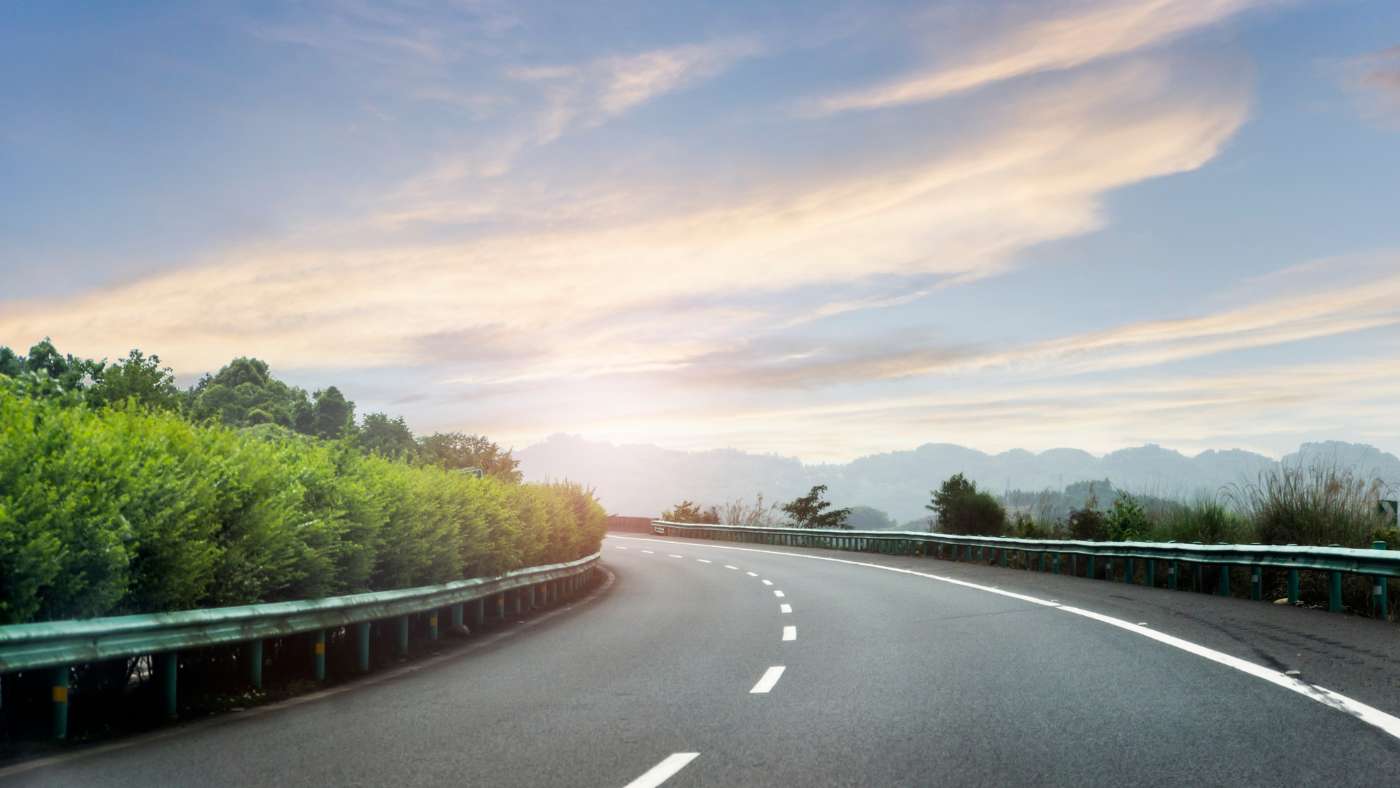Road design is a crucial aspect of infrastructure development, playing a pivotal role in creating efficient and safe transportation networks. The process involves careful planning, meticulous analysis, and implementation of cutting-edge technologies to ensure optimal performance.
The significance of road design
Transportation systems are built upon the foundation that road design creates. It not only connects communities and facilitates the movement of goods and people but also plays a vital role in fostering economic growth and development. A well-designed road network improves accessibility, reduces travel time, and enhances the overall quality of life for residents.
- Safety first. One of the primary goals of road design is to prioritize safety. Engineers carefully assess factors like traffic flow, sight distance, and potential hazards to create roads that minimize the risk of accidents and ensure the well-being of all road users.
- Efficiency and mobility. Road design aims to enhance mobility by creating efficient and free-flowing transportation corridors. We implement proper lane width, intersection design, and traffic management strategies aggressively to reduce congestion and enhance traffic flow.
- Sustainability. Modern road design also considers environmental impacts, seeking to minimize the ecological footprint of road construction and maintenance. We aggressively incorporate sustainable materials, stormwater management systems, and eco-friendly designs to preserve natural resources and protect the environment.
Key elements
- Alignment and geometrics. The alignment of a road, including curves and gradients, is carefully designed to ensure smooth and safe travel. We consider proper geometric design elements like superelevation and sight distance aggressively to accommodate high-speed and heavy vehicles.
- Road cross-section. Road cross-sections are designed to accommodate different types of traffic, including pedestrians, cyclists, and motor vehicles. Adequate lane widths, sidewalks, bike lanes, and shoulders are included to ensure the safety and comfort of all road users.
- Traffic control devices. Road designers incorporate various traffic control devices, such as signals, signs, and pavement markings, to regulate and guide traffic, thereby reducing the likelihood of accidents.
Innovative approaches in road resign
- 3D Visualization. Advanced road design software, including diolkos3d, utilizes 3D visualization to create realistic representations of proposed road designs. This technology allows engineers and stakeholders to visualize the project, identify potential issues, and make informed decisions.
- Intelligent transportation systems (ITS). ITS integrates advanced technologies, such as traffic sensors, real-time data analysis, and adaptive signal control, to optimize traffic flow, enhance safety, and reduce congestion.
- Sustainable materials and practices. Sustainable road design emphasizes the use of recycled materials, permeable pavements, and green infrastructure to minimize the environmental impact and promote eco-friendly road construction.
Road design is the backbone of our transportation infrastructure, enabling safe and efficient movement of people and goods. By prioritizing safety, embracing innovative technologies, and incorporating sustainable practices, road designers can create a network that meets the demands of a growing population while safeguarding the environment for future generations. As we continue to advance road design methodologies, we pave the way for a better-connected, safer, and more sustainable world.

